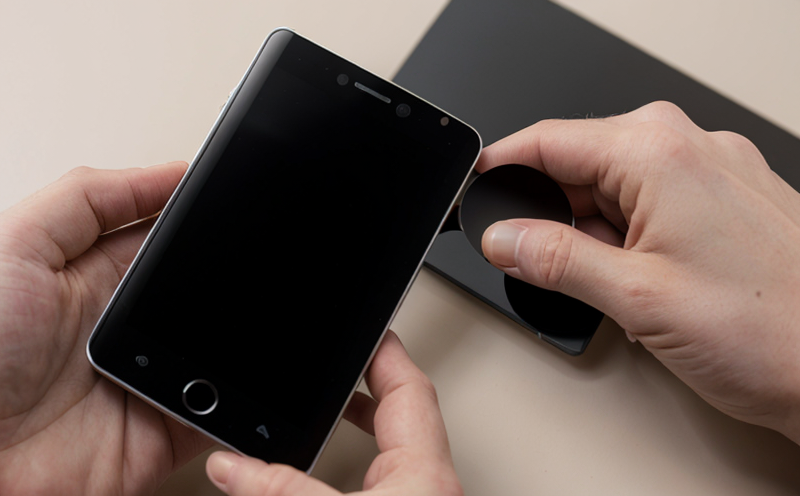ISO 11507 Accelerated Weathering of Nanocoatings and Thin Layers
The ISO 11507 standard provides a method for accelerated weathering testing specifically designed for nanocoatings and thin layers. This service is crucial in the quality assurance process, ensuring that nanomaterials meet stringent environmental exposure requirements without undergoing actual outdoor exposure which would be time-consuming.
The accelerated aging technique simulates the effects of ultraviolet (UV) light, heat, humidity, rain, and other factors to assess how well a coating or thin layer will perform in real-world conditions. This service is essential for industries such as automotive, aerospace, electronics, and construction where nanomaterials play a significant role.
The testing process involves exposing the sample to controlled environments that mimic natural weathering conditions but at an accelerated rate. This allows manufacturers to identify potential weaknesses in their products early on in development or production stages, thus saving time and resources.
ISO 11507 is particularly important for nanocoatings because it addresses the unique challenges posed by these materials. Nanomaterials often exhibit different properties compared to macroscopic counterparts due to their small size. This necessitates specialized testing methods that can accurately reflect real-world performance.
The accelerated weathering test helps ensure compliance with international standards, thereby enhancing product reliability and safety. It also aids in meeting regulatory requirements across various sectors including automotive, electronics, and construction.
During the testing process, samples are carefully prepared to simulate real-world conditions as closely as possible. This includes considerations like surface roughness, thickness variations, and initial color changes. The test apparatus used must be capable of maintaining precise control over environmental parameters such as temperature, humidity, light intensity, and wavelength.
After the testing period, the samples undergo thorough analysis to evaluate any changes in appearance, adhesion strength, chemical composition, or other relevant properties. Reporting involves providing detailed data on observed alterations along with interpretations based on established criteria.
| Aspect | Description |
|---|---|
| Environmental Parameters | Includes UV radiation, temperature, humidity, and rain simulation. |
| Test Duration | Varies based on specific requirements but typically ranges from several days to weeks. |
| Samples Preparation | Involves cleaning, drying, and applying protective coatings if necessary. |
| Analysis Methods | Includes visual inspection, adhesion testing, spectroscopic analysis, etc. |
The service ensures that nanomaterials used in critical applications undergo rigorous evaluation to guarantee their longevity and effectiveness under challenging environmental conditions. This is particularly important given the increasing use of nanotechnology across numerous industries.
Scope and Methodology
- Environmental Parameters: The test exposes samples to controlled UV radiation, temperature variations, humidity levels, and rain simulation.
- Durability Evaluation: Samples are tested over a specified period to observe changes in appearance, adhesion strength, chemical composition, etc.
Industry Applications
The ISO 11507 standard is widely used across several industries where nanocoatings and thin layers are employed:
- Automotive Industry: Ensures durability of paint finishes, protective coatings.
- Aerospace Sector: Evaluates the reliability of coatings in space environments.
- Electronics Field: Tests thin films for semiconductor manufacturing processes.
- Construction Industry: Verifies performance of paints and sealants used on buildings.
The application of this standard helps maintain high standards in quality control, ensuring that nanomaterials meet the necessary durability and safety requirements. This contributes significantly to enhancing product reliability across all these sectors.





